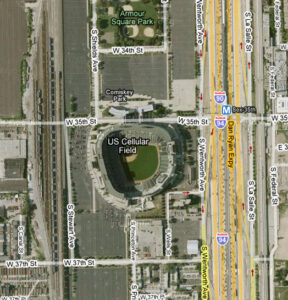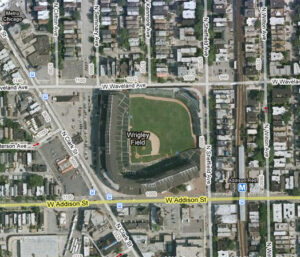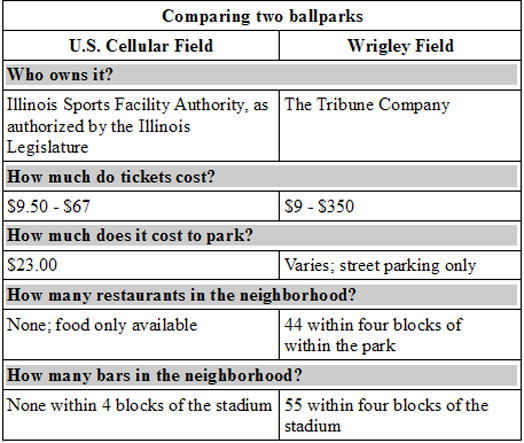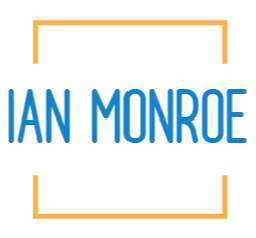At the end of the 2008 season, the Red Line rivalry between the North Side Chicago Cubs and the South Side Chicago White Sox was tied, with each team claiming 33 wins. Tickets went on sale Friday for their next meeting on June 16, when that tie will be broken. But there’s at least one way that the Cubs have consistently beaten the Sox – the economic impact the team has on the surrounding neighborhood.

In Wrigleyville, the informal neighborhood that surrounds Wrigley Field on Addison Street, game days mean a huge boon to businesses that surround the stadium. As tens of thousands of fans flood the area, business surges at the restaurants and bars on Addison and North Clark streets. But on 35th Street, home to U.S. Cellular Field and the 2008 American League Central division champion White Sox, fans don’t seem stick around after the game.
There’s not much reason to – U.S. Cellular Field is surrounded on three sides by 32 acres of paved parking lot, and is bounded on the fourth side by the Dan Ryan expressway. Once leaving the ballpark, fans have to hike about a mile west to Halsted Street to find any dining or entertainment options.
Wrigley Field, on the other hand, is nestled amidst a densely populated neighborhood, filled with plentiful opportunities to separate Cubs fans from their dollars.
The International Association of Sports Economists, in a 2006 report comparing the economic impact of the two stadiums, said that this disparity was caused by treating the newer U.S. Cellular Field as a “walled fortress”, designed to maximize the amount of non-ticket revenue collected. According to the report, the White Sox glean an extra 35% in non-ticket revenue per fan than the Cubs.

But that’s all money that won’t be going into the tills at local businesses.
Another reason that Wrigley Field helps local businesses more than U.S. Cellular Field is because of day games, according to the report. The Cubs play twice as many day games at home than do the White Sox, which means fans leave the stadium in the early evening, rather than later at night when dining and shopping options can be more limited.
In a 2005 article for the Chicago Journal, Jeff McMahon said that a sensible alternative would be to develop those concrete-covered acres into a “Comiskeyville” neighborhood. “A vibrant neighborhood on those 32 acres would not only draw fans to the stadium, it would encourage them to linger, it would attract visitors in the off season, and the land beneath those parking lots would make money all year long,” McMahon said.
The Illinois Sports Facilities Authority, the government unit that owns and manages U.S. Cellular Field, hasn’t indicated any willingness to change their game plan, however. They even touted the completion of a new 265,000 square feet of environmentally-sensitive water-permeable parking lot space in April of 2008. The Illinois Sports Facilities Authority is substantially funded by a 2% hotel tax.
Sox fans do get one benefit from the sea of parking lots that their North Side counterparts miss. Tailgating is permitted in the huge lots before games, while Cubs fans have to pay local merchants for their pre-game festivities.
That may be good for fans, but not for local business.


2 thoughts on “U.S. Cellular Field and Wrigley Field hold nearly the same number of fans, but their economic impact couldn’t be more different”
Comments are closed.